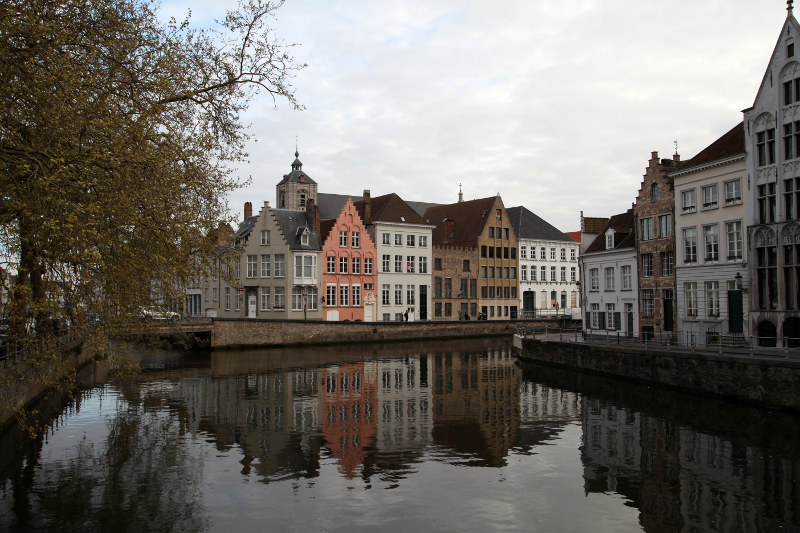Brugge’s prime and strategic location on the North Sea has ensured that the area was inhabited long before recorded history… and made sure that every European invading force came to the city in an attempt to conquer and control its position on the European coast.
Brugge’s medieval era started with the arrival of the Vikings in the 9th Century; and, between the 9th century and 15th century, Brugge was one of the most important, influential, and multicultural ports in Europe. Artists, merchants, bankers, travellers, and scholars flocked to Brugge to make a mark and the city became renowned for its internationally-known Flemish cloth. The old buildings you see in Brugge’s tourist core and along the canals come from this era.
In the 15th century, the establishment of the harbour of Antwerp and the silting up of the Brugge waterways took traffic away from Brugge. By the 19th century, Brugge was all but forgotten and its humble people lived in poverty in one of Belgium’s poorest towns.
This reversal of fortunes is unfortunate, but may have actually preserved the city’s medieval buildings and saved Brugge from destruction. German forces occupied Brugge in both World War I and World War II but the fighting was concentrated in other more strategic Belgian locations and the city was spared.
The city eventually reinvented itself as the “Venice of the North” and drew an estimated 7.8 million visitors in 2015.
